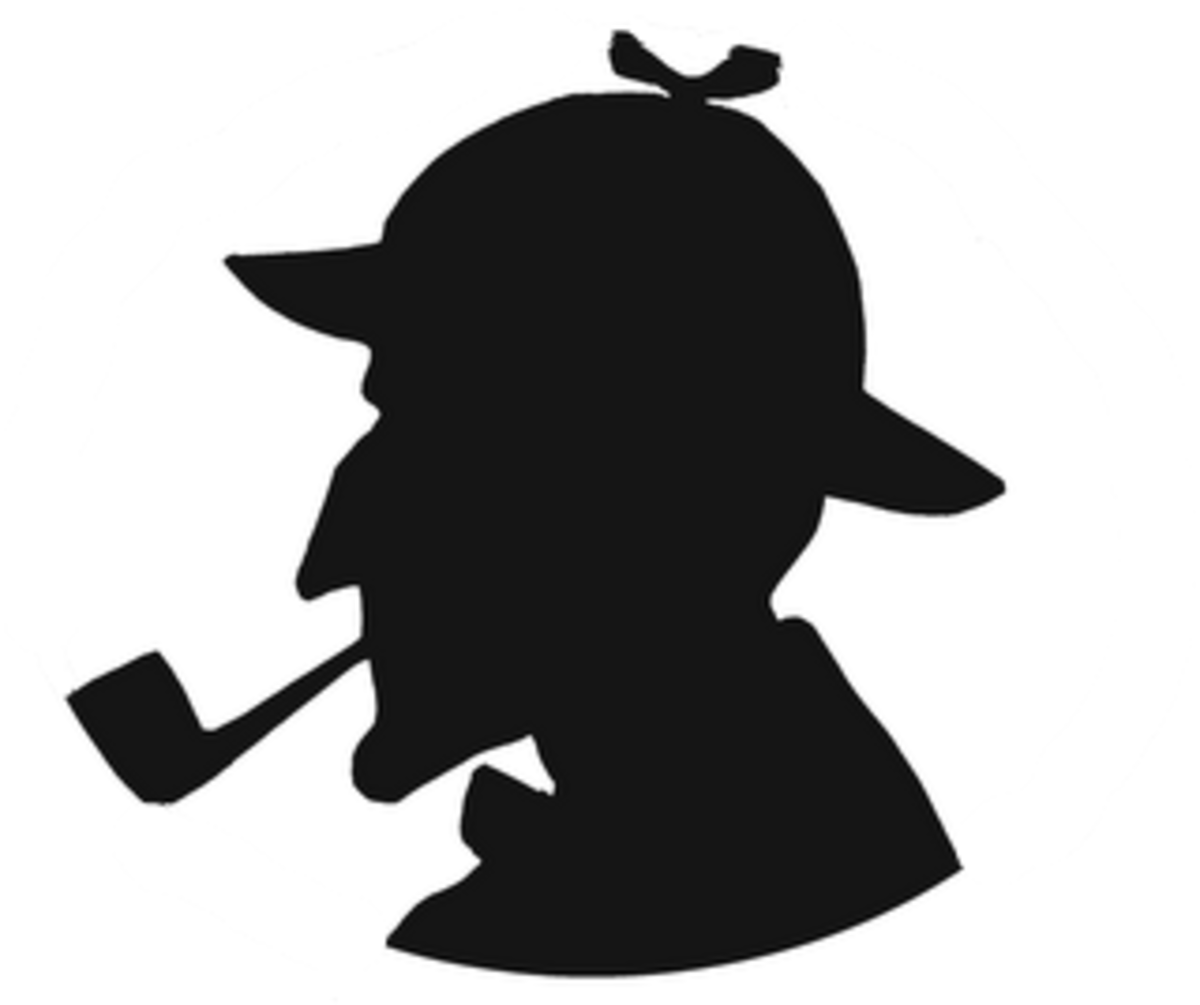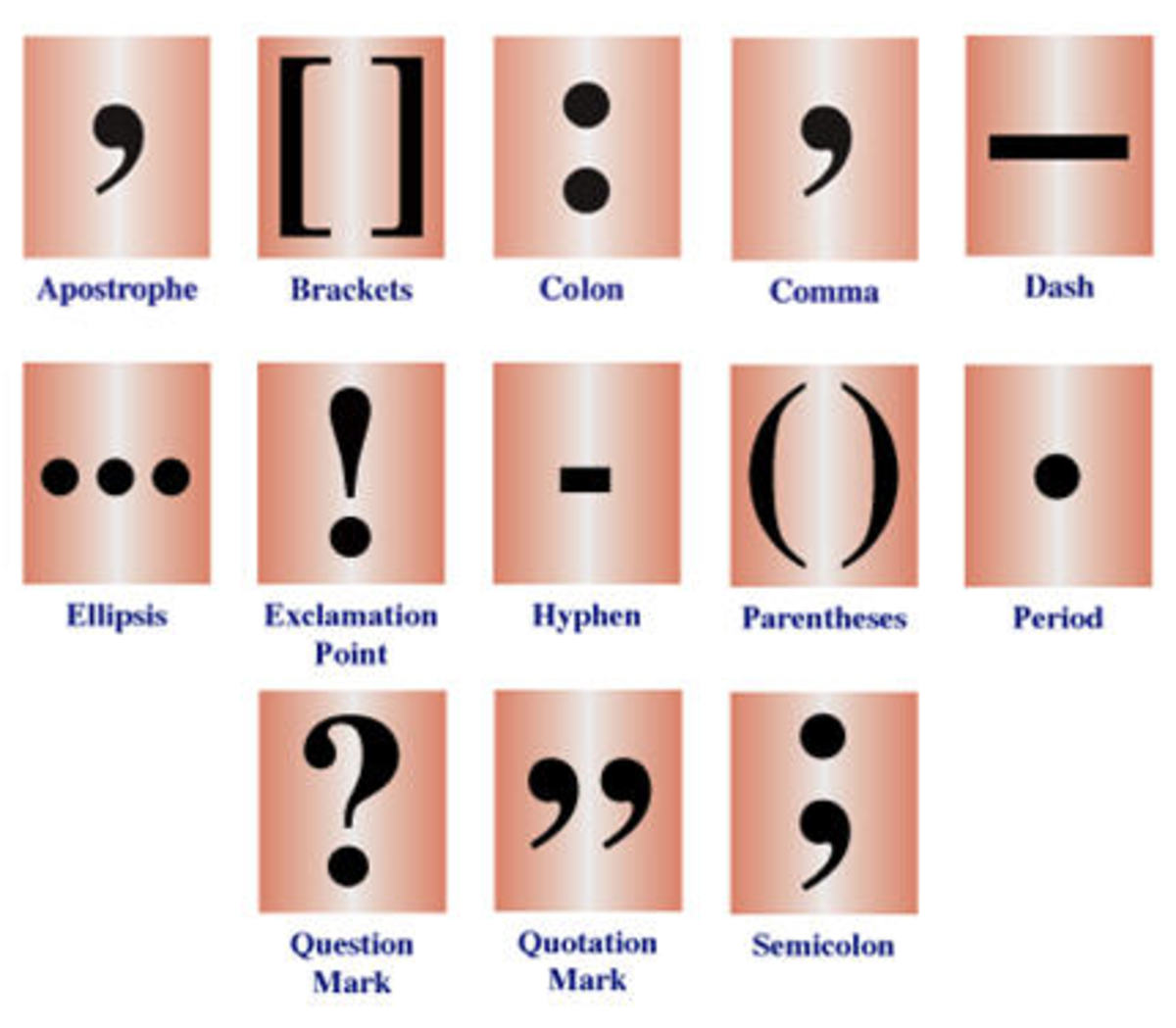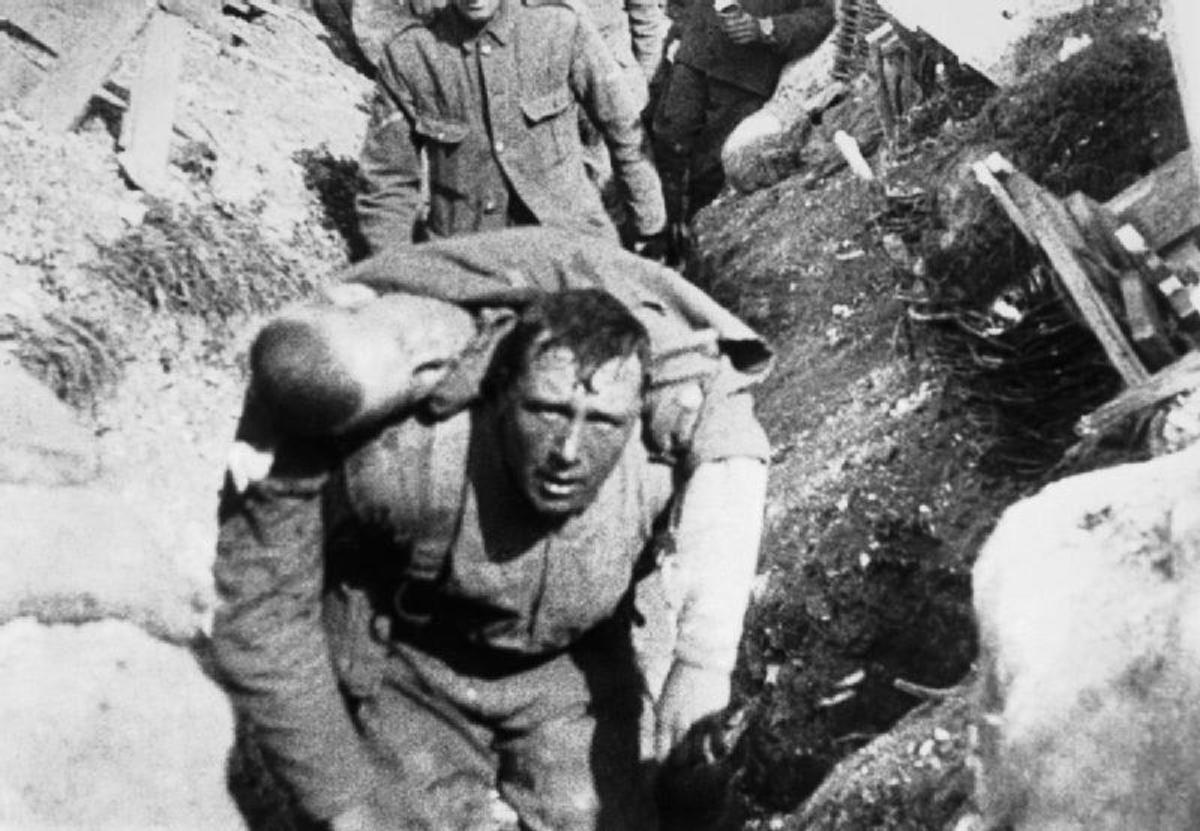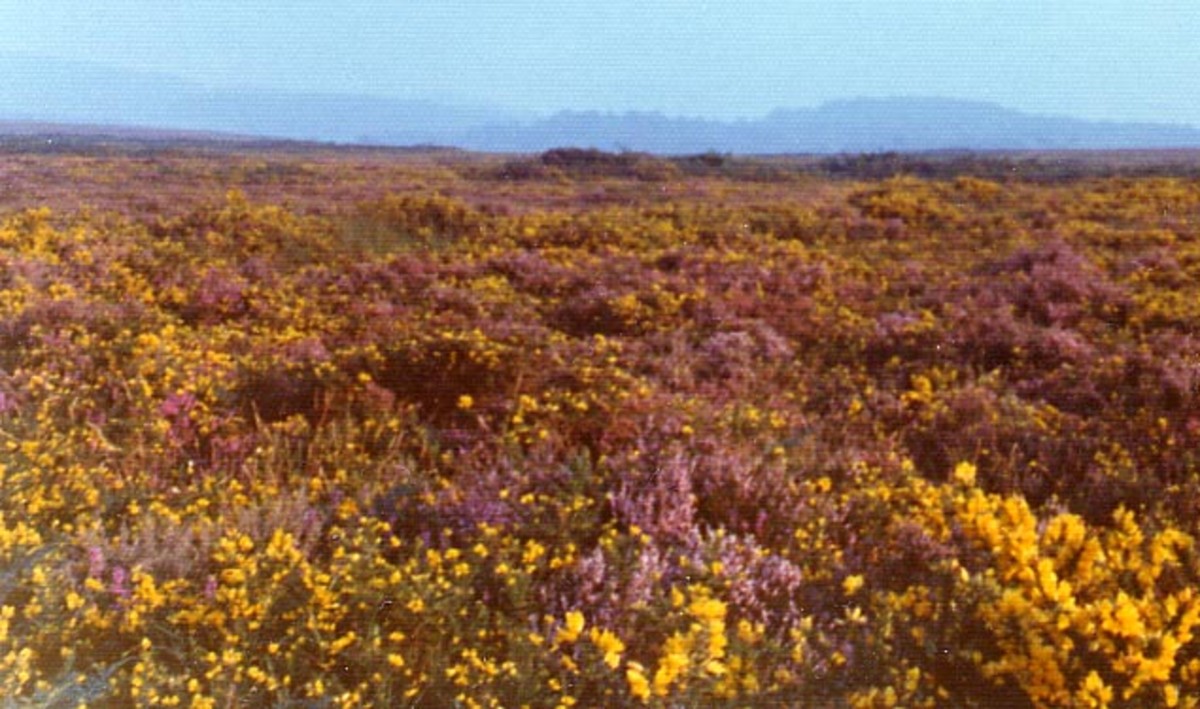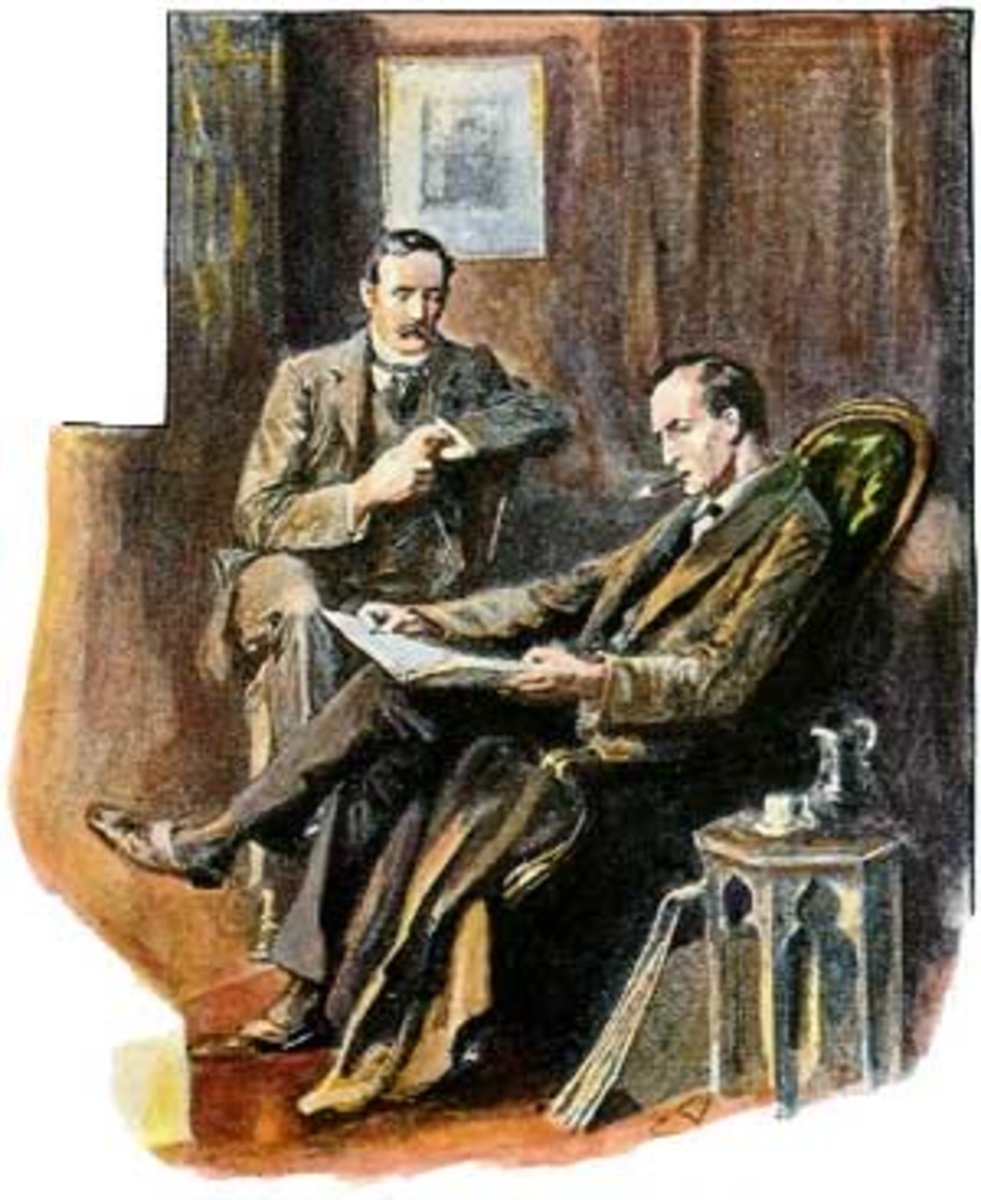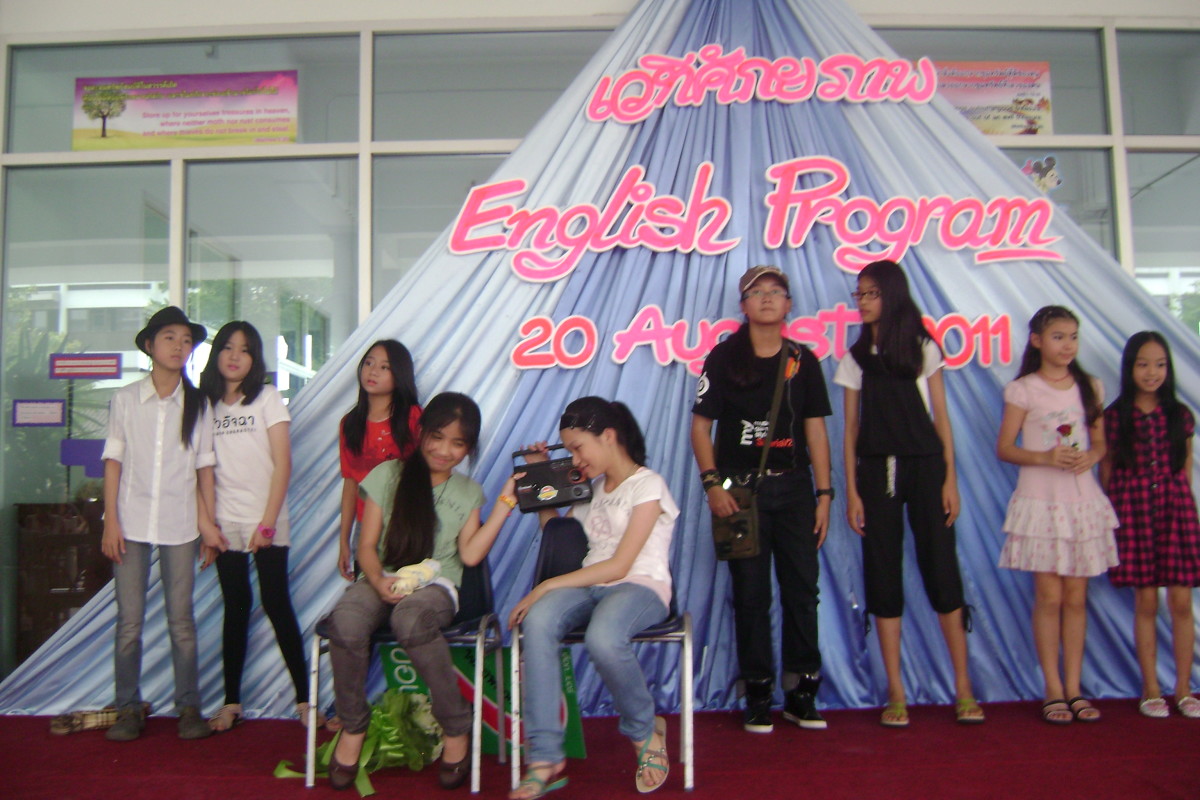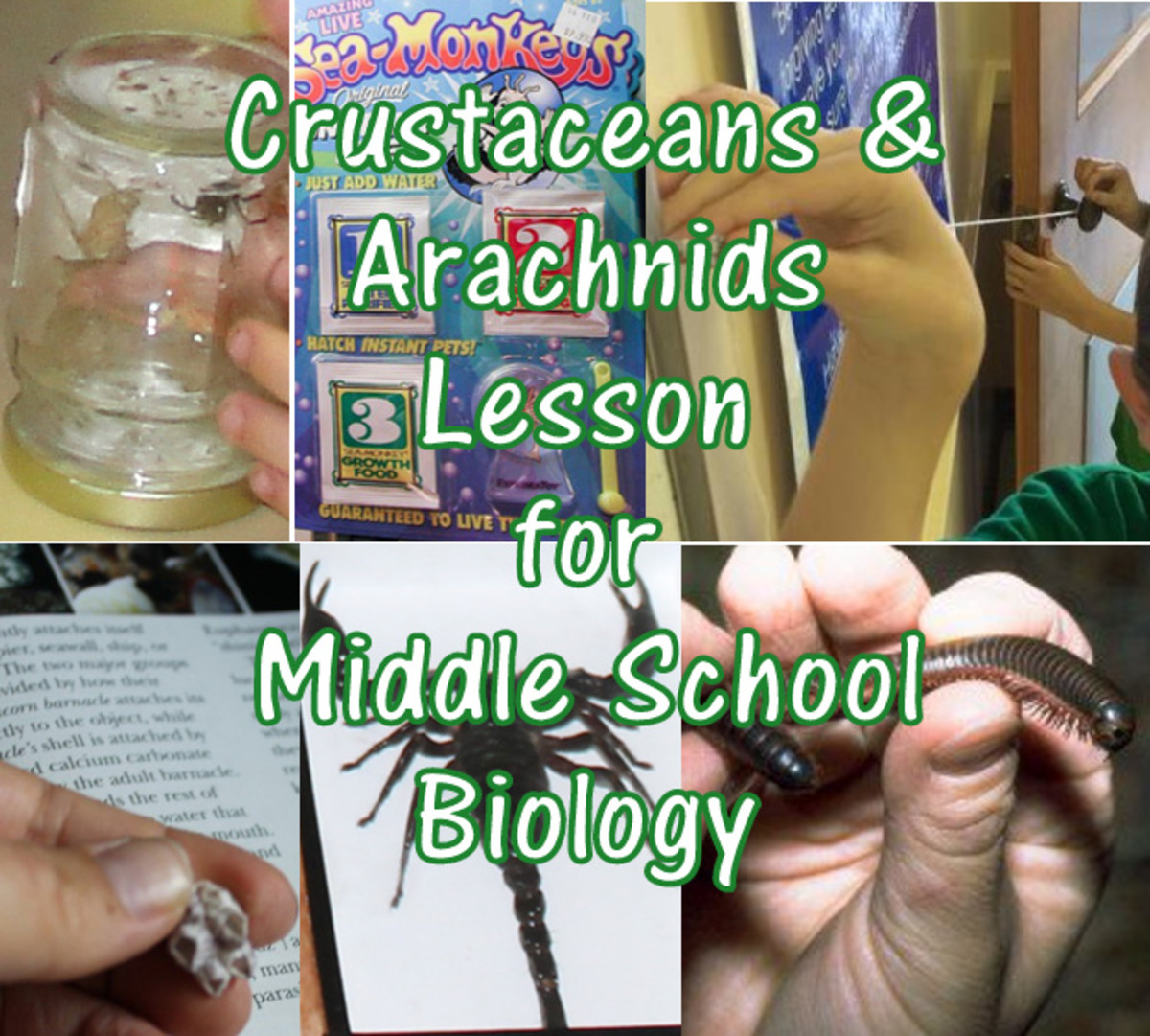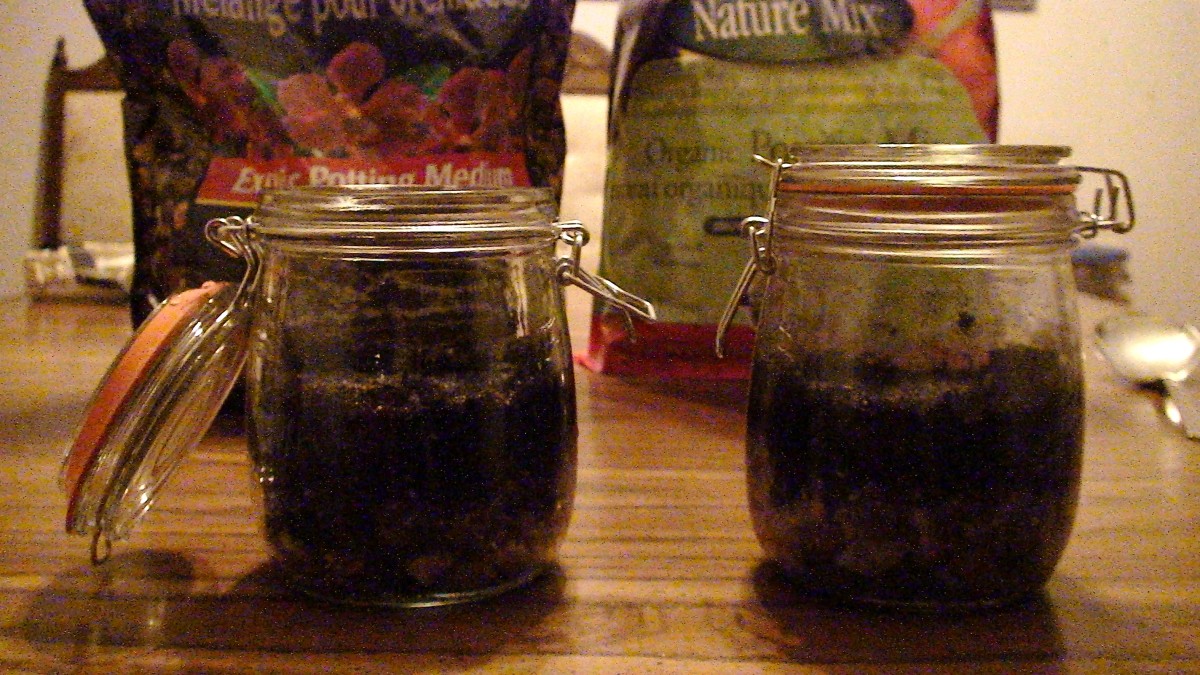- HubPages»
- Education and Science»
- Teaching»
- Lesson Plans
Howls and Hounds: Teaching _The Hound of the Baskervilles_ by Sir Arthur Conan Doyle
The Hound of the Baskervilles
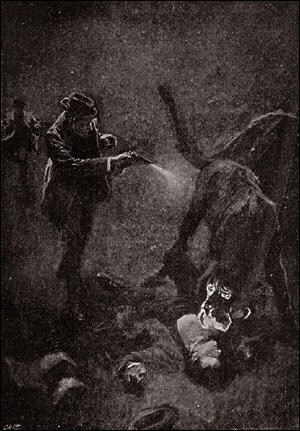
Hound of the Baskervilles
The Hook
The Hound of the Baskervilles by Sir Arthur Conan Doyle is perhaps the greatest mystery ever written, but reading it aloud with a group of middle or high-schoolers can be the equivalent of taking a healthy dose of Sleepytime Tea and then listening to Yo-Yo Ma.
It doesn't have to be. The question is how to make a novel from 1902 come alive in a post-Law-and-Order world? I begin our reading of the novel with the crime. Middle and high schoolers love morbidity, and your high-level students will enjoy the idea of attempting to solve a Sherlockian mystery.
Recreate the newspaper article described in Chapter 2. It's as simple as copy-and-pasting from the novel (It's in the public domain.) into a Word document or a Publisher document. Hand these out and have students work in pairs or small groups. Students should take notes of the circumstances (time, date, location) of Sir Charles' death and map out the crime scene on a piece of white paper. Sometimes bigger is better, so students can add to this map (such as the location of the hound's footprints and the cigar ash discovered by the moor gate) as they read into chapter three. While it's not a bad idea to map out the crime scene as a class, it's best to have students individually create their own maps (at least initially) to encourage them to read more closely and to increase their chances of engagement.
If you map out the crime scene as a class, it's a fun idea to take this map and turn it into an "investigation board" to which you will add as you read. Students will recognize this type of board if they've ever watched a film of television show which includes a police procedural. Students tend to get excited about approaching the novel as an interactive mystery rather than as a passive read.
At some point, students should turn their maps into a "police report", a written description of the pertinent details of the crime scene. This can be as simple as a paragraph, or if you're feeling especially creative, you can have students complete a mock police report. You can find several examples of mock police reports online. Simply choose the template you like best.
And why not show the trailer for one of the film versions when you finish?
Hound of the Baskervilles Trailer
Character Analysis: "Mug Shots"
You may want to introduce this concept by sharing the work of artist Brian Joseph Davis who takes descriptions of literary characters and creates "police sketches".
Students should draw police sketches of the novel's most suspicious characters (Mr. and Mrs. Barrymore, the Stapletons, Mr. Frankland, and Laura Lyons). I have students include short descriptions with lines of directly-quoted text on which students have based their sketches. Page numbers should be cited where these lines can be found. Along with physical appearance, students should explain each character's connection to Sir Charles as well as what motivations this character would have for killing Sir Charles and Sir Henry.
Typically, students do not create all of these sketches at once. They create the sketches as we encounter each character through the reading of the novel. If you've turned one of your bulletin or white boards into an "investigation board", students always like when you tack one of their mug shots to it.
Plot: Police Timeline, Storyboard, or Haiku Series
Since students are doing so much with various elements of Hound of the Baskervilles, plot analysis is an opportunity to mix things up a little. Here are three options to consider.
- Police Procedural Timeline: In keeping with the idea of an active investigation, students can track plot events in the form of a timeline as they read the novel. You may want to start the timeline chronologically, even beginning with the death of Hugo Baskerville since students sometimes get Hugo's and Sir Charles' deaths confused. This timeline could also be a component of the investigation bulletin board if you decide to run with that.
- Storyboard: Students can graphically recreate plot events in the form of a storyboard like those used for television and film. This is a good way of integrating more art into the class as well as helping students focus on the specific details of plot events. Students should write a caption for each illustration on their storyboard.
- Haiku: If you're short on time, have students retell the plot of Hound... with haiku. They write write a total of five haiku (exposition, two rising action events, climax, and resolution). This makes students retell in a very focused way, and haiku are relatively easy for them to write (as long as your students can count syllables). Plus, it never hurts to integrate poetic elements whenever you can.
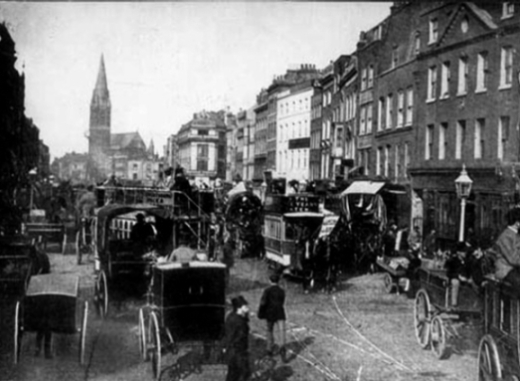
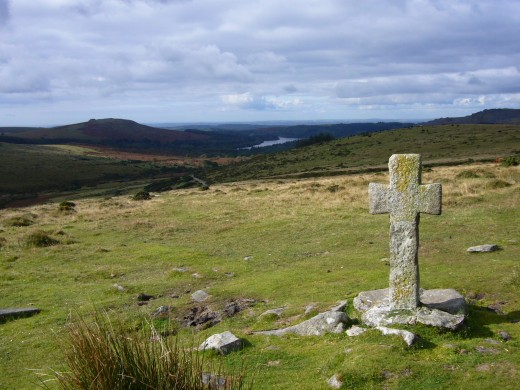
Setting: Urban Vs. Rural
The isolated moorlands of the Devon countryside serve as the setting for much of The Hound of the Baskervilles. The moor, itself, acts almost as its own character and proves to be the antithesis of modern, civilized London. The ancient cairns and stone huts as well as the lonely grandioseness of dilapidated Baskerville Hall starkly contrast the cramped modernization found in London and 221B Baker Street.
We begin our setting analysis by using Google maps to track the distance between London, England and Devonshire, so students can get a visual sense of how far the two settings are from one another. Then I have them make two columns, labeled London and Devonshire. Then I show students several pictures/illustrations of turn of the century London (since it is not described in great detail in the book) and ask them to write adjectives which describe the pictures. Students then use the text of the novel to find adjectives which describe Devon and Baskerville Hall. The contrast of the most of the adjectives the students write quickly becomes apparent.
This can be a good opening to a discussion of word choice in setting mood or in identifying an author's tone.
Another relatively simple exercise is this. Ask students where else in the world that Conan Doyle could have set this story so that it would have the same creepy mood as Devonshire with its cairns, stone huts, isolation, and marshy bogs. For instance, if Sherlock Holmes were an American and lived in New York City, which locations in North America would have been comparable to Devonshire? Also, what would any of those locations be lacking which would change the novel, and what qualities or characteristics would those locations have that Devonshire doesn't (which again would change elements of the novel)?
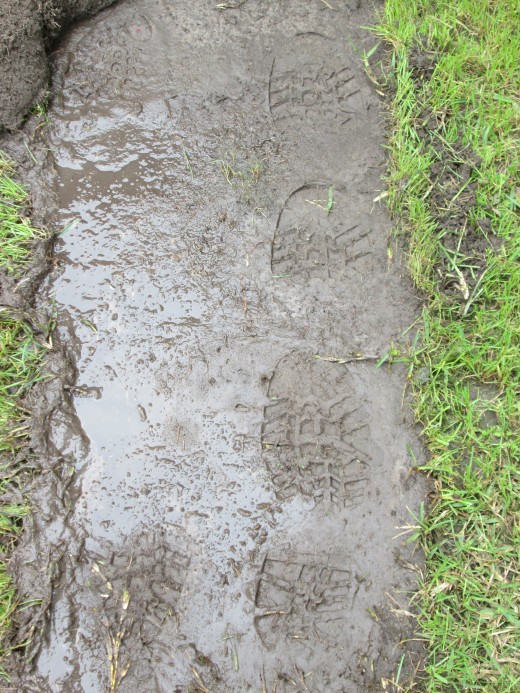
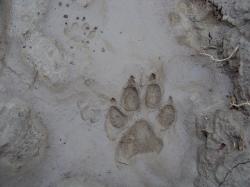
Inferencing: Clues and the Case File
Mysteries are some of the best texts for close-reading and inferencing skills, especially since mysteries often include literal clues on which the protagonist will make an inference.
I have students physically recreate five clues of their choice from the novel. For instance, they could recreate the warning note sent to Sir Henry, or they could take a picture/draw a sketch of Henry's missing boot. Some students have even brought in fake beards like the one Jack Stapleton must have worn early in the novel. Students type a list of the clues with a short description of each clue, its significance, and the inference Sherlock makes based upon the clue. For instance, Sherlock infers that the writer of the warning note to Sir Henry must be an educated person because either he or she reads the Times. Later we learn that the envelope containing the letter smelled of perfume, leading Sherlock to infer that the sender was most likely Mrs. Stapleton.
Students include the clues (or at least the ones that fit) into a manilla folder. This folder, or "case file" as I call it, is the location where students can keep crime scene maps, police sketches of subjects, and clues. I provide students with these folders after the initial hook.
At the end of the novel, the case file is submitted for a project grade. It contains a visual crime scene and police report (the map and written description from the hook), police procedural timeline (if we have used that to track plot), character police sketches, and five clues with written explanations.
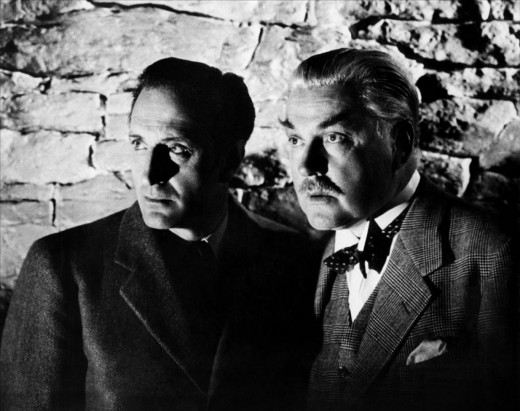
Hound of the Baskervilles, 1939
Compare/Contrast: Literature to Film
Whenever we read Hound of the Baskervilles, students always ask, "Is there a movie?" and "Can we watch it?" There are several film versions of Hound of the Baskervilles, and depending on your access to each version as well as time, they can be a valuable tool in comparing and contrasting the novel to multiple interpretations. I tend to show clips from these five versions:
- 1939, starring Basil Rathbone. Rathbone is probably the most iconic of the screen Holmes, and this film nicely captures the gothic setting. However, Dr. Watson is played as a buffoon. It's also in black-and-white which earns groans from some students.
- 1959, starring Peter Cushing. I love Peter Cushing, and I am a big fan of Hammer Studios horror films. This film deviates from the source material a bit too much, in my opinion.
- 1983, starring Ian Richardson. Richardson plays Holmes with great charm, and many of the scenes are pulled straight out of the book. Some of the changes are interesting ones, but if you show this, you're going to want to skip the Hugo Baskerville scene due to unnecessary sexual implications.
- 1988, starring Jeremy Brett. This is the most faithful of the film adaptations (this one for television), and Brett had played Holmes to perfection in multiple series. Unfortunately, the atmosphere is pretty flat, and the film does not do a good job at building any sort of suspense.
- 2002, starring Richard Roxburgh. This is a stylish adaptation which has a blonde Holmes, a CGI dog, and a dash too much of gore. It's a little more violent and dark (showing Holmes injecting himself with drugs in once scene) than it needs to be. However, my students always want to see more of this one after I show them a few scenes.
I have students compare/contrast the interpretations of each film's Holmes and Watson to their depictions in the book. Students also compare and contrast the film's interpretations of key scenes to the plot events of the novel. At the end of our viewing, I ask students to choose which film version they would want to watch in its entirety with an explanation of why, and I ask them to explain what they enjoyed more, the film clips or the novel, and why.
If you choose to show a film in its entirety, either the 1939 or 1988 version is a safe choice.



